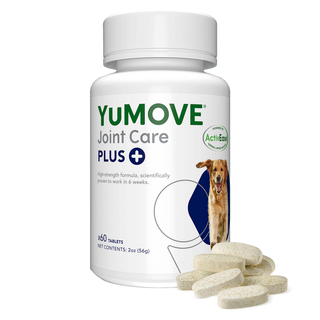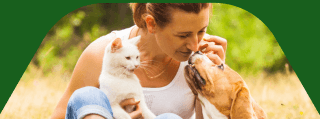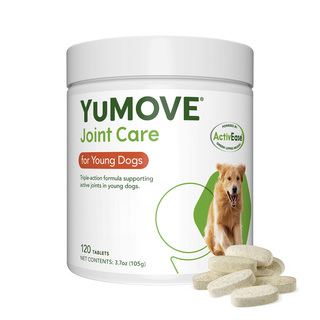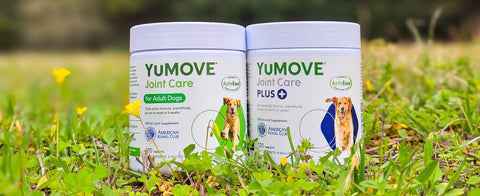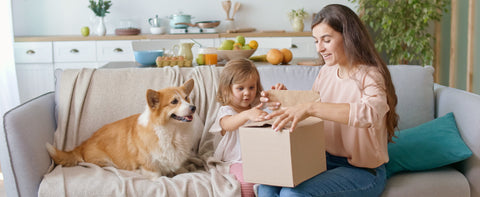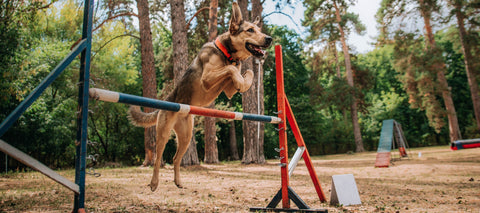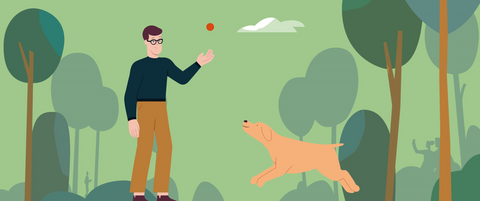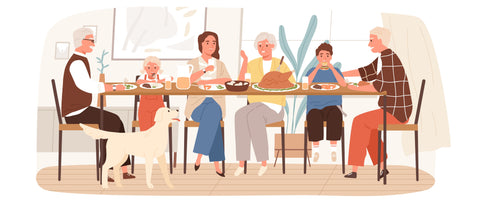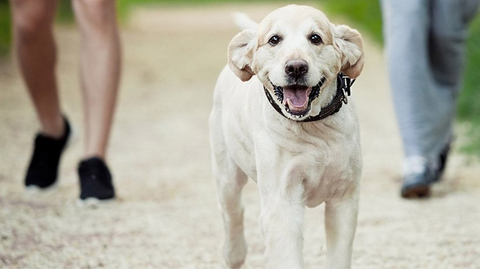Blog
When it comes to caring for our furry friends, every little detail matters, especially when it’s about their joint health. That’s where the Daily Double steps in – a simple,...
View more
There may be countless pet supplements available, but there’s only one YuMOVE. In fact, it’s the #1 veterinarian-recommended brand in the UK.* At YuMOVE, we’re proud of everything we do...
View more
We’re proud to say that YuMOVE is the UK's #1 veterinarian-recommended joint supplement brand* that’s scientifically proven to work in just 6 weeks.* With over 45k Trustpilot reviews globally – rated...
View more
YuMOVE is already supporting more than two million dogs a year globally.* Our nutrient-rich supplements support your pet’s joint health and mobility, helping to keep your furry companions enjoying every...
View more
YuMOVE supports over 2 million dogs a year globally*, as part of our mission to ensure pets live their best, most active life, for life. As a responsible dog owner,...
View more
Happy 4th of July!! It’s a day of family, friends and celebration! But for our four-legged friends, it can be a time of loud scary bangs and strange people in...
View more
Top puppy walking tips from Lintbells Bringing a new puppy home and wondering how you should approach your first walks together? Read our puppy walking tips for everything you need...
View more

